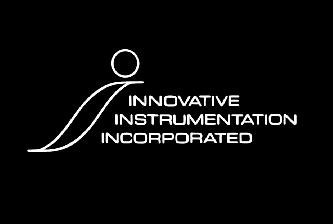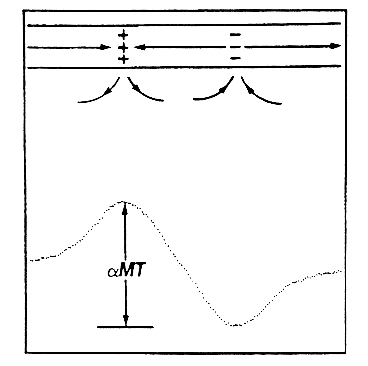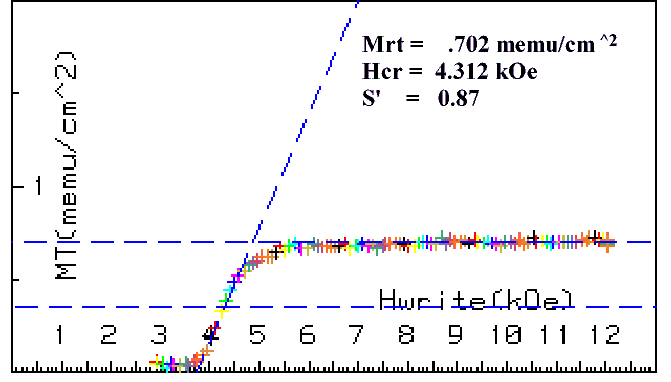 |
 |
 |
 |
The RMM, Remanent Moment Magnetometer (U.S. Patent #5,136,239) is a non-destructive means for measuring the remanent moment-thickness product (MrT), the remanent coercivity (Hcr) and the remanent switching field distribution (S') without the need for high speed operation in a drive environment. The principle of opcration of the RMM mimics that of an actual recording system differing principally in scale, i.e., parameters such as rccording head gap and head-media separation are increased by approximately three to four orders of magnitude while the angular velocity is decreased by a factor of 300. During the measurement, the recording head saturates the magnetization of a region of the disk with a field of at least 8 kOe. The current to the head is then reversed in direction and a region of oppositely directed magnetization is written. The details of the transition regions at the ends of this strip of reversed magnetization are then examined by rotating the disk at a very slow speed (typically 12 rpm) past a non-inductive magnetic field sensor.

|
The sensor actually measures the transition profiles with the peak-to-peak amplitude representing the remanent magnetization-thickness product in the reversed region. |

|
The procedure is repeated for increasing values of write field resulting in the transfer curve, from which the remanent hysteretic parameters are determined. The measurement of the pertinent features of this transfer curve is the fundamental task of the RMM. |
- Non-destructive
- Maximum field = 8kOe
- Measurement area .25mm x .5mm
- .02 memu/cm2 resolution
- Automatic scanning of disk surface
- Absolute uncertainty in Mrt < 5%
- Absolute uncertainty in Hcr < 5%
- Non-contact operation with vacuum chuck
- No substrate contribution
- No problems with texturing, overcoats, lubricants
- 130mm to 34mm disk diameters
- Detection of magnetic state of NiP underlayer
- No adjustments, "tweaking"
- Total PC control, easy to use
- 115 VAC, ambient air operation, 90-100 PSI clean dry air
- Non-magnetic, polished stainless steel case with casters
Spatial dependence of Mrt
Spatial dependence of Hcr
For further information contact:
Dr. Richard M. Josephs, President
Innovative Instrumentation Incorporated
rjosephs@innovinst.comReturn to the Innovative Instrumentation Inc. Homepage